Chemicals Circular Economy Graphene 04-03-2020 - Arhive
Chemicals Circular Economy Graphene
Crude Oil Prices Trend

-Try This Lower-Cost Purging Method
You might be able to reduce purging times and save money by scheduling processing jobs in order of the increasing material viscosity. But to get started, you’ll need shear rate/viscosity curves for your polymers.
Purging is a necessary task for extrusion processors that change polymers for different production runs. There are many approaches to purging, and some are better than others. For extrusion processors that run different materials, the biggest time and polymer savings may not be in some magical purging technique or compound but in the production-planning process.
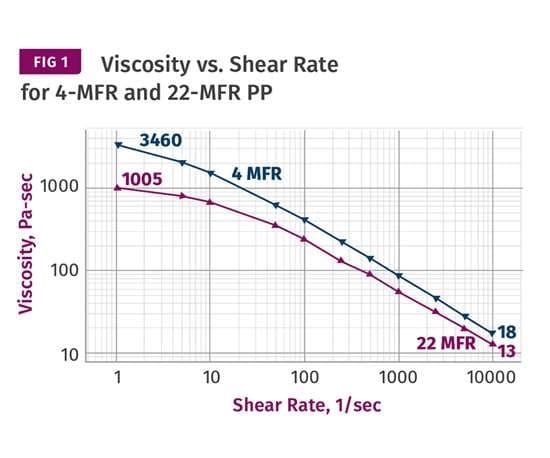
SIBUR, the largest petrochemical holding in Russia and Eastern Europe, plans to expand the design capacities of the Amur Gas Chemical Complex (AGHK) for the production of polyolefins, if Gazprom will additionally supply a total of 1.5 million tons of LPG and ethane fraction to AGHK, said In an interview with Oil and Capital, a member of the board is Sergey Komyshan, Executive Director of SIBUR LLC.Chemicals Circular Economy Graphene
Gazprom is a supplier of raw materials to the Amur MCC.
“We signed a contract for the supply of about 2 million tons of ethane fraction per year. It is also assumed under the terms of the preliminary agreement that Gazprom will annually supply an additional 1.5 million tons of LPG and ethane fraction.
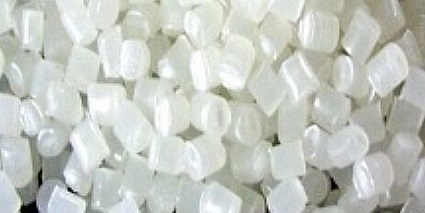
-Europe polyolefins weather coronavirus storm but April disruption widely expected
European polyolefins have so far managed to weather the coronavirus storm that plunged global financial markets into their worst week since the 2008 financial crisis.
There is no escaping the spread of uncertainty that the coronavirus has caused, with the Chinese economy practically grinding to a halt in January and February.
For the European polyethylene (PE) and polypropylene (PP) markets, the show must go on, according to sources, and for now there is very much a ‘business as usual’ mentality in the region.Chemicals Circular Economy Graphene
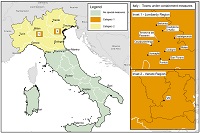
-Mr. Green Africa chooses EREMA technology
At this year’s Propak East Africa in Nairobi (17-19 March), visitors can find out how the recycling company Mr. Green Africa combines social responsibility with technology and cost effectiveness. Since the beginning of the year, a new INTAREMA 1108 TVEplus RegrindPro with laser filter has been processing industrial and household waste plastic to produce recyclate at the company’s plant in the Kenyan capital, Nairobi.
Trade fair visitors are invited to take part in Mr. Green Africa’s plant tours on 18 and 25 March to witness the recycling quality live.Chemicals Circular Economy Graphene
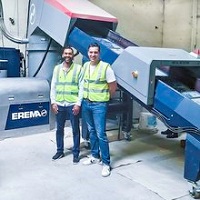
Comau, a global leader in advanced industrial automation products and solutions, and Exechon, an international company whose patented technologies are being used to develop advanced Parallel Kinematic Machine (PKM) solutions, have joined forces to design and produce a new Comau machining centre able to handle lightweight framing and structural components for multiple sectors, particularly automotive, aerospace and electrification.Chemicals Circular Economy Graphene
The companies have begun a strategic co-operation in which they will leverage their respective competencies to develop a concrete solution that can cost-effectively meet key drivers within the evolving machining market: the expanded use of lightweight components; the growing importance of electrification for automotive manufacturers; and the increasing degree of production complexity within the aerospace sector.
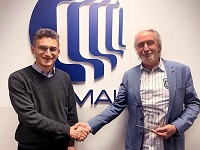
-Asia petrochemicals outlook, w/c Mar 2
Sentiment in the Asian aromatics and polymers markets were expected to remain negative this week, while polyester markets may see some improvement as more of China’s textile and downstream producers return to work as staff, transportation and logical challenges stemming from quarantine efforts to contain the spread of coronavirus or COVID-19 are addressed.Chemicals Circular Economy Graphene
All Asian petrochemical markets will continue to closely monitor upstream crude oil benchmarks this week after they hit 14-month lows last Friday amid ongoing demand destruction concerns across the board stemming from the global spread of COVID-19.
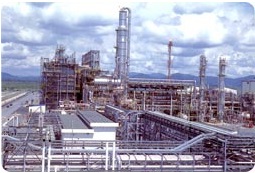
-China’s factories at risk of double whammy as coronavirus hits South Korea, Japan
The spread of the coronavirus in South Korea and Japan could mean a second wave of disruption at Chinese factories after the disease triggered a record contraction in activity last month.Chemicals Circular Economy Graphene
Cases of the flu-like epidemic have jumped in South Korea and Japan, prompting some manufacturers there to partially suspend operations and risking a reduction in the supply of spare parts to factories in China as they restart work.
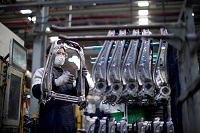
-REIKU – 100% regenerated polyamide 12
Corrugated Tubing Made of Regenerated Polyamide for Cable Protection Brings Additional Sustainability to the World of Industrial Robots
With its new cable protection tubing of 100% regenerated polyamide 12, REIKU, one of the most innovative and diversified developers and manufacturers of high-quality cable protection systems for robotics and automation, is once again making its mark in matters of sustainability.Chemicals Circular Economy Graphene
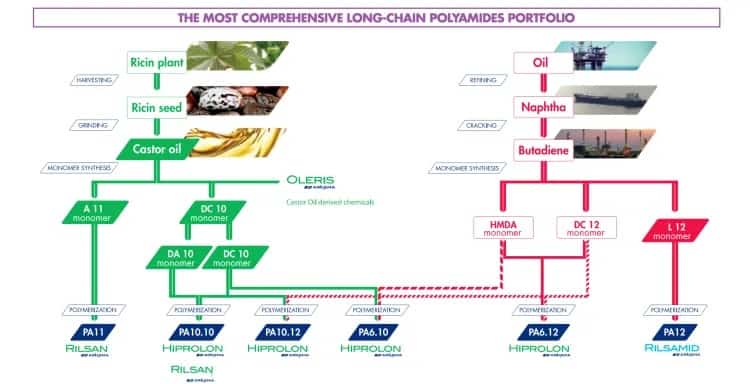
-Epidemic impact on high-grade PET flakes
In the first half year of 2020, PET flake supply is supposed to be tight, as the consumption of soft drinks and mineral water may remain low due to weakness in various sectors, such as transportation, travelling and catering services. Supply of PET flakes is hard to recover to normal level before June, 2020.Chemicals Circular Economy Graphene
In 2019, recycling volumes of PET flakes in China are assessed at about 3.90 million tons, while in 2020, the volumes are likely to shrink obviously. Take Hubei province as an example. According to CCFGroup, the supply of re-PET in Hubei accounts for about 15-20% of the total, and monthly supply is assessed at nearly 60kt. Under the outbreak of the novel coronavirus, the resumption of cleaning plants takes long time, and the supply that is affected may reach above 300kt. In 2020, the total recycling volumes may reduce by above 1.50 million tons, to be about 2.5 million tons.
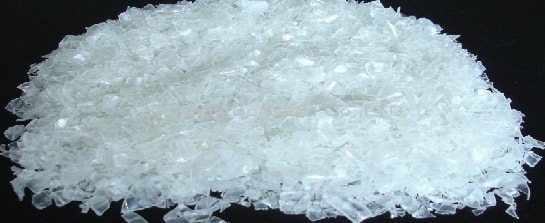
-Nylon 6 chip inventory and risks rise in parallel
Since the nylon industrial chain gradually recovered from holiday and the COVID-19 impact, the recovery pace of different sectors of the chain varied.
When Caprolactam plants were running at relatively high rate (73-83% during the holiday), nylon 6 chip plants lowered run rate evidently, and downstream filament producers cut run rate significantly to as low as 31% (down from 74% before the Spring Festival).Chemicals Circular Economy Graphene
Usually this situation happened in every Lunar New Year holiday, while downstream normally had fully returned before the Latten Festival, but this time, delayed much more. By Feb 27, the run rate of nylon textile filament plants had slowly recovered to 45%, and that of nylon HS and CS chip plants’ were to 53% and 50%, CPL plants 58%.
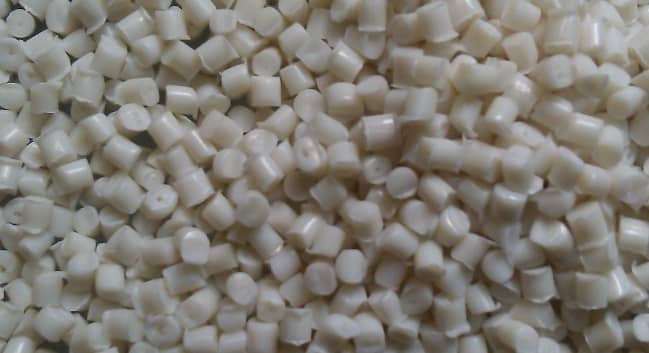
Chemicals Circular Economy Graphene
